5. Maintenance
Learn the fundamentals and keep your disposer well operational for a long time. Here is the list of Do’s and Don’ts:
Waste that can be processed in the disposer:
- vegetables
- fruits
- watermelon and melon peels
- eggshell
- chicken, fish and small meat bones
- pasta
- cereals
- bread products
- fruit seeds
- nutshell
- cigarette butts
- napkins and disposable paper towels
In order to avoid damage to the device, we would not advise trying to feed objects such as:
- non-food waste (with the exception of the waste listed above)
- large bones
- fibrous and sinewy waste (meat veins, celery stalks, peel of bananas, ears of corn)
- plastic bags
- steamed onion peel
- hot fat (or melted butter)
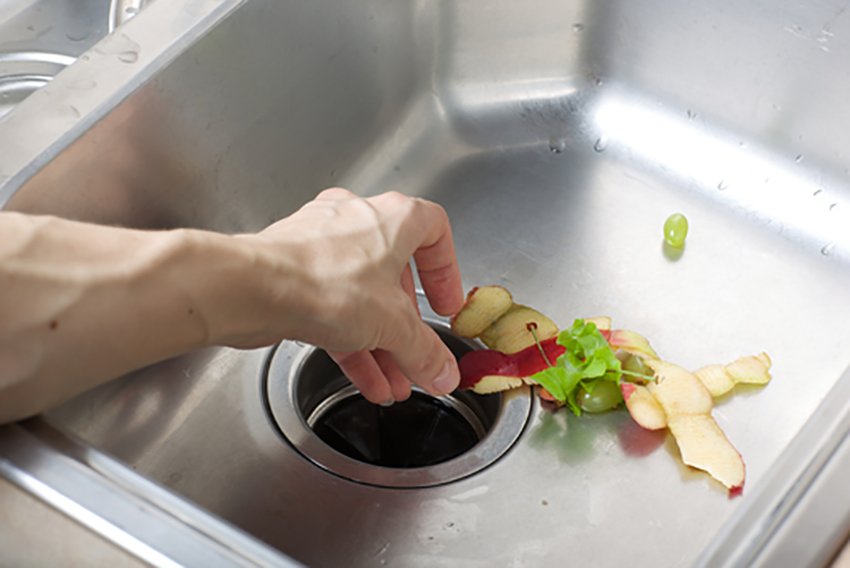 If a large bone accidentally gets into the chopper, the mechanism will be disabled using the locking system. The bone can be removed using a special device attached to the disposer.
If a large bone accidentally gets into the chopper, the mechanism will be disabled using the locking system. The bone can be removed using a special device attached to the disposer.
Resinous and fibrous wastes are not crushed in the dispenser, but only impede the process of its operation, enveloping the grinding elements.
Threads or tea bags that accidentally fall into the dispenser are wound on the axis of the chopping mechanism and bring it into a stopper state. But this is not the most dangerous. Now, if the threads are wound on the working shaft, the engine is overloaded, its rotation speed decreases and thermal protection is triggered. In this case, the mechanism will have to be disassembled to remove the threads.
Hot grease adheres to grinding elements and can clog sewer pipes.
If you really tried everything to fix and repair your old garbage disposal, and it still doesn’t work properly — it is time to think about the new model from a well-known and trusted brand. Check our list of best garbage disposals available in 2020, it will definitely help you to make a smart choice.
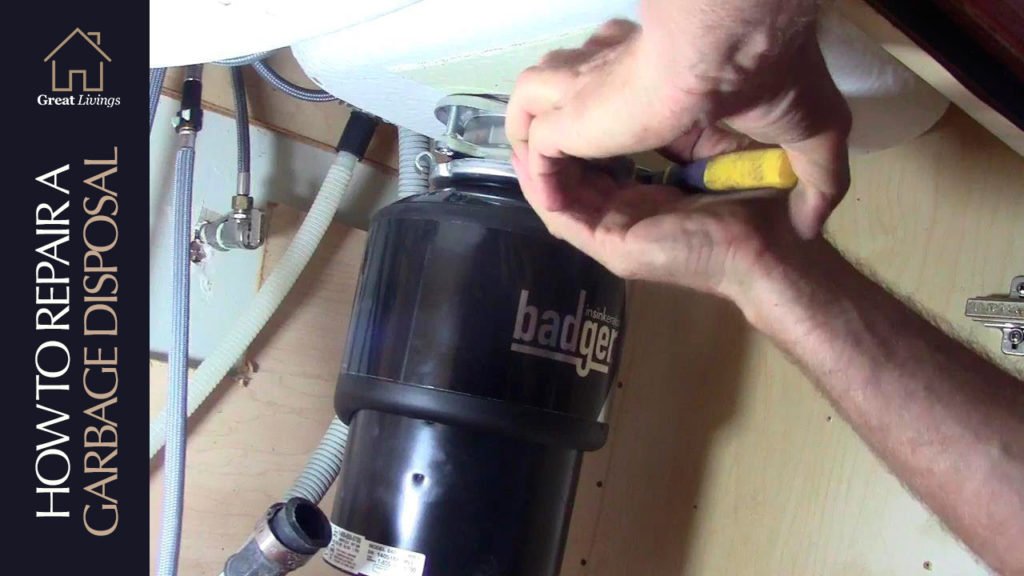 In this article, we would like to consider the main reasons for the failure of food waste disposers and how to repair them before contacting a service center. So, garbage disposals were invented back in 1927 by InSinkErator and today hundreds of millions of garbage disposals are installed worldwide. The average life of the disposer is 8-10 years.
In this article, we would like to consider the main reasons for the failure of food waste disposers and how to repair them before contacting a service center. So, garbage disposals were invented back in 1927 by InSinkErator and today hundreds of millions of garbage disposals are installed worldwide. The average life of the disposer is 8-10 years.
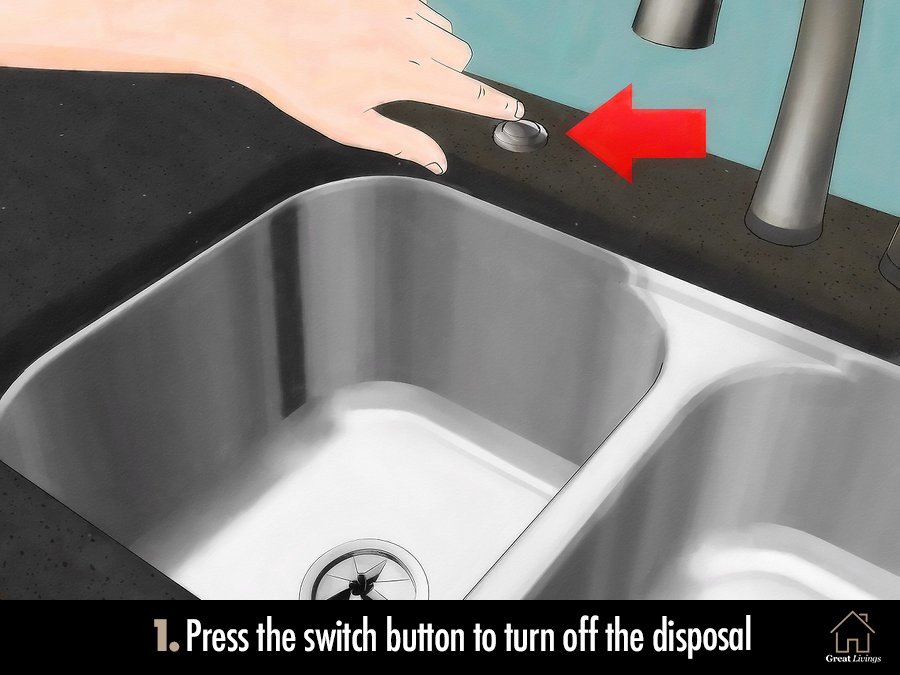
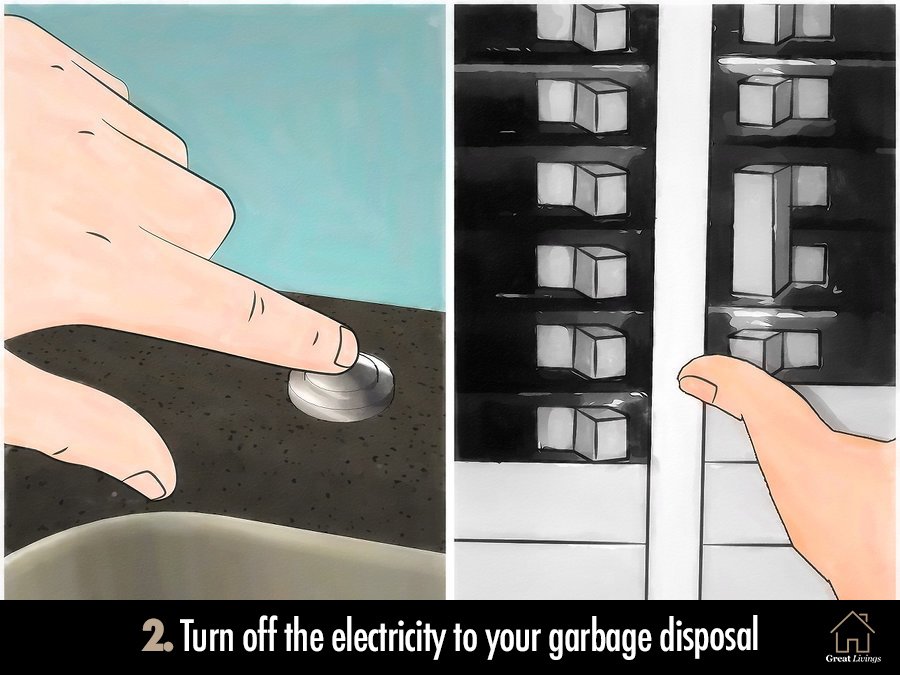

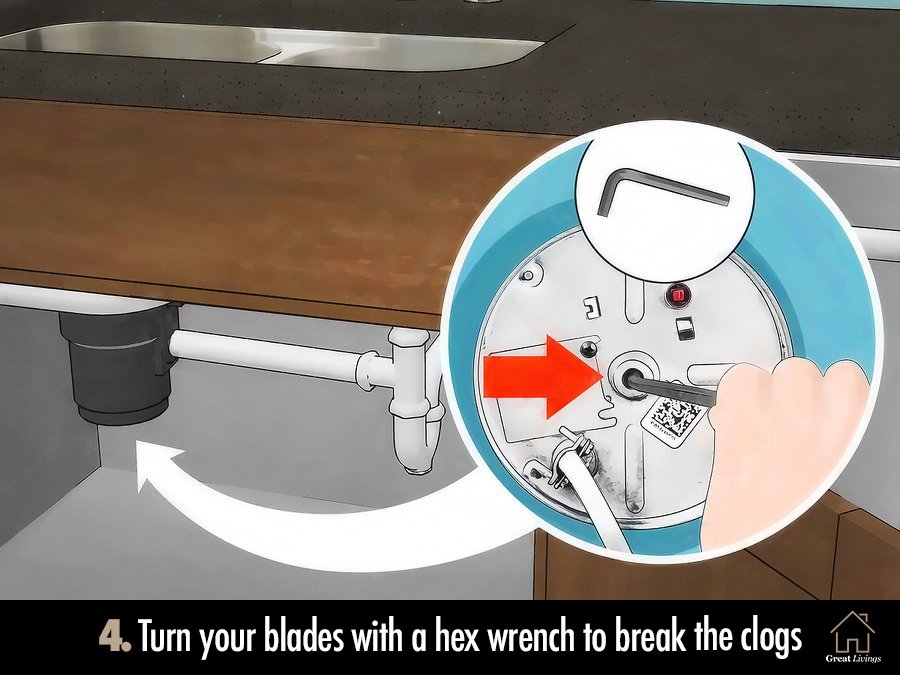
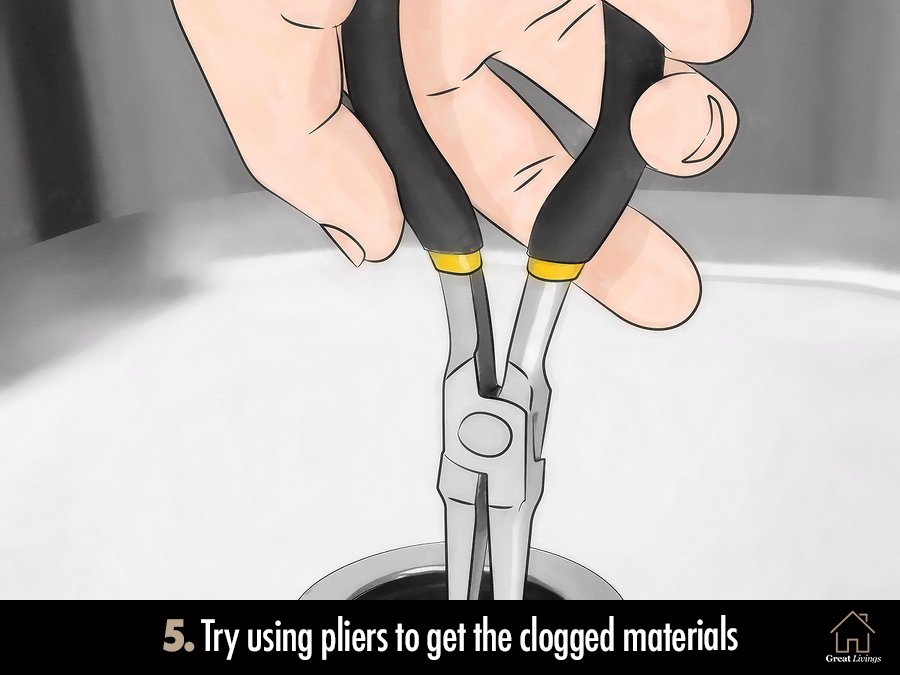
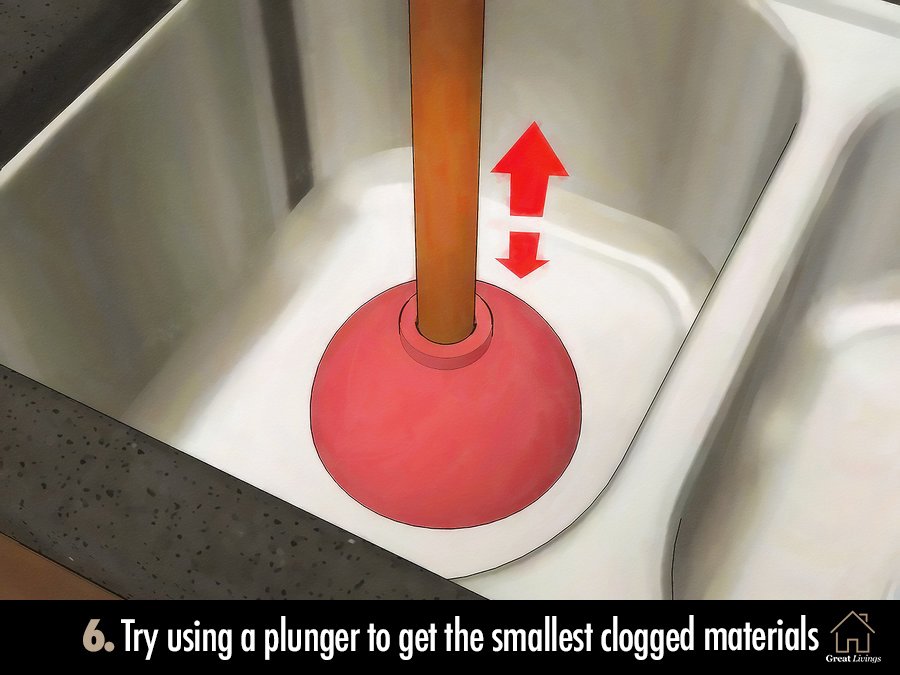
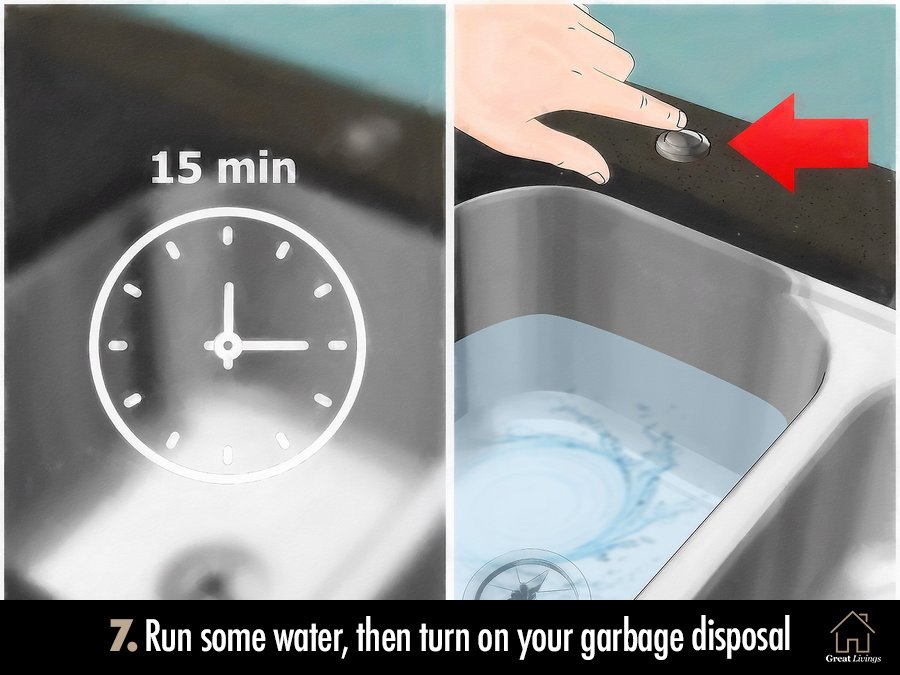
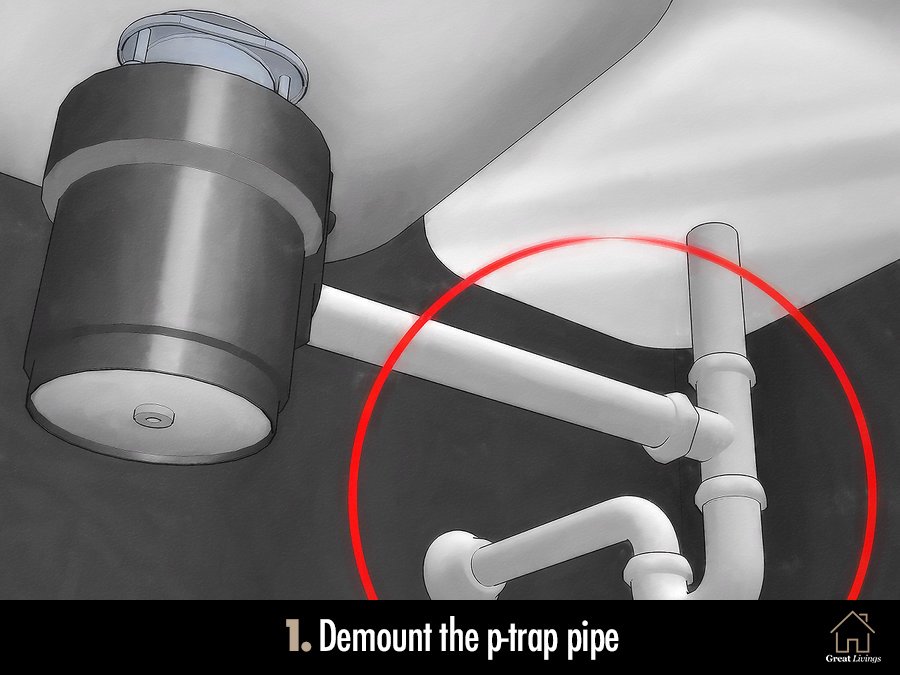

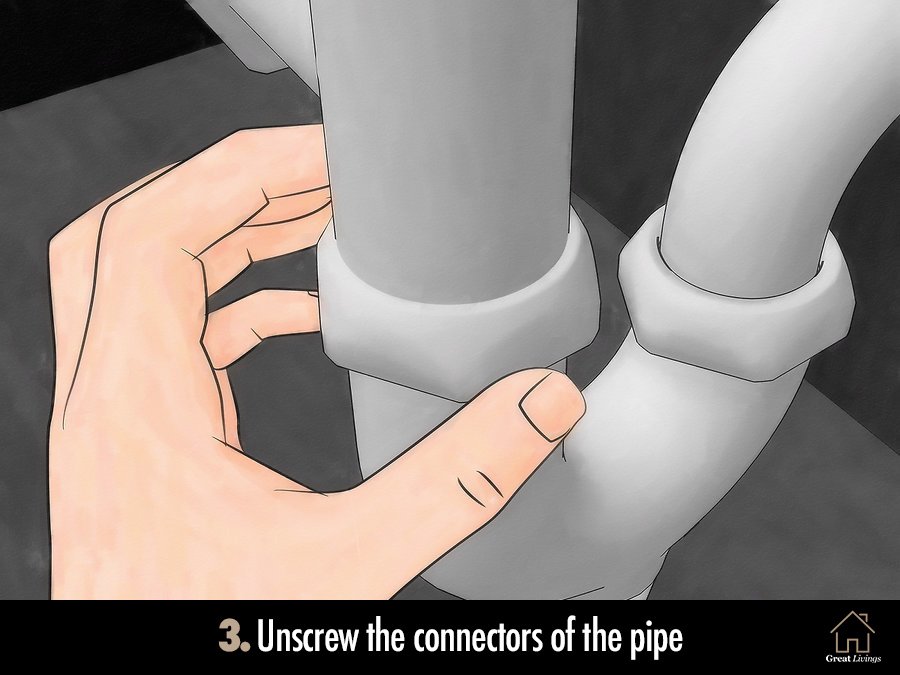

 If a large bone accidentally gets into the chopper, the mechanism will be disabled using the locking system. The bone can be removed using a special device attached to the disposer.
If a large bone accidentally gets into the chopper, the mechanism will be disabled using the locking system. The bone can be removed using a special device attached to the disposer.